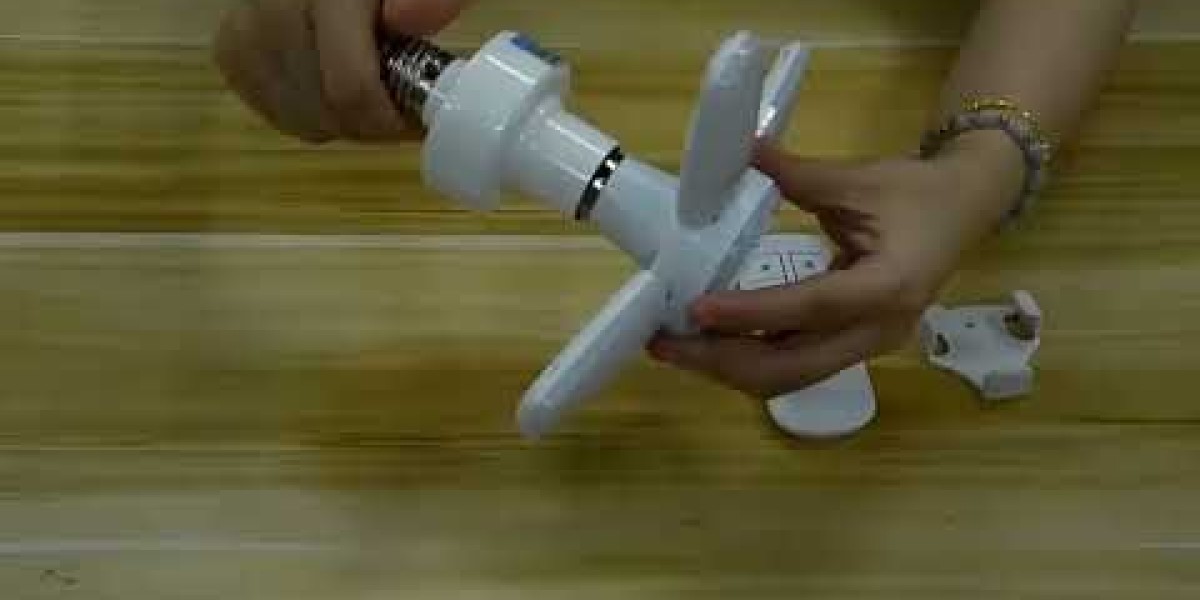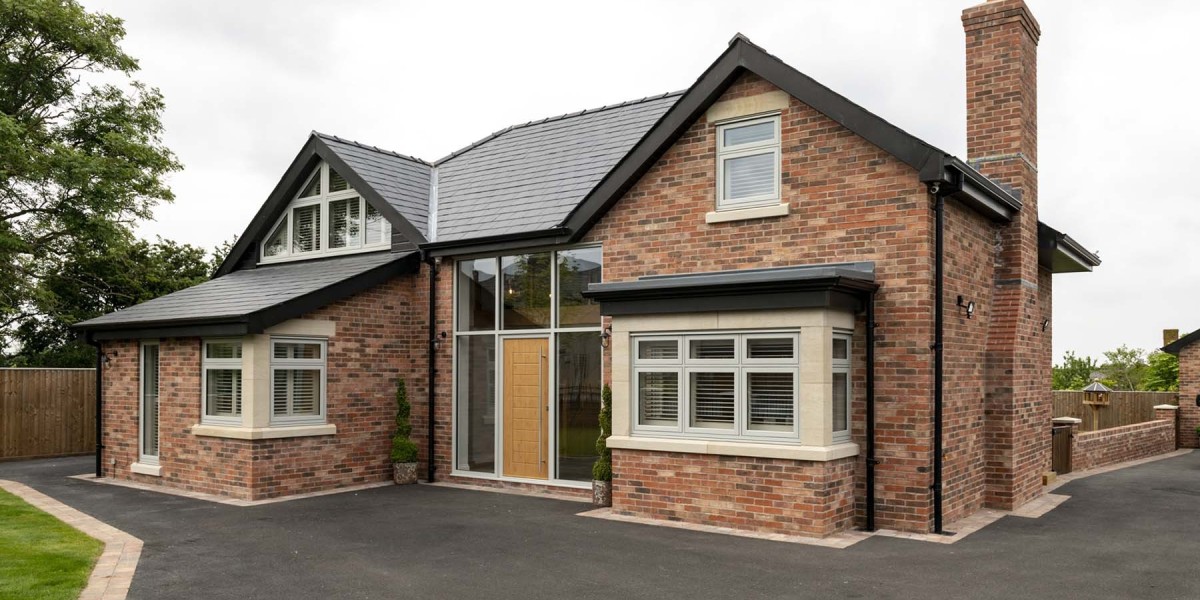Unveiling the Secrets: What Really Determines How Long Your Tripod Will Last?
For photographers and videographers alike, a tripod is an essential piece of equipment that provides stability and precision for capturing stunning images and videos. However, many users often overlook a critical aspect of their tripods: durability. Understanding how long tripods typically last and what factors influence their lifespan can help you make informed decisions when investing in this vital gear. In this article, we will explore the intricacies of tripod durability, addressing the main question of how long you can expect your tripod to serve you well, and the various contributing factors that determine its longevity.

Understanding Tripod Durability
Tripod durability refers to the ability of a tripod to withstand wear and tear while maintaining its structural integrity and functionality over time. For photographers, this durability is paramount, as a reliable tripod can mean the difference between a perfect shot and a missed opportunity. The basic structure of a tripod typically consists of legs, a head, and a mounting plate, all made from different materials that can significantly affect durability. Common materials include aluminum, which is lightweight and cost-effective, and carbon fiber, known for its superior strength and lightweight properties. Each material offers unique advantages and disadvantages that can impact how long a tripod lasts. Understanding these factors is essential for selecting a tripod that will meet your needs for years to come.
Key Factors Influencing Tripod Lifespan
Several key factors can influence how long your tripod will last, including:
- Material Quality
- Construction Techniques
- Weight Capacity
- Environmental Conditions
- Usage Frequency
Material Quality
The material used in tripod construction plays a significant role in its durability. Aluminum tripods are generally more affordable and provide decent stability, but they can bend or dent under heavy use. On the other hand, carbon fiber tripods are lighter and offer greater strength, making them less likely to fail under stress. However, the initial investment is often higher for carbon fiber options. My friend, an avid landscape photographer, swears by his carbon fiber tripod, stating that it has not only lasted through countless outdoor sessions but has also proven to be resilient against the elements.
Environmental Considerations
Environmental factors such as humidity, temperature, and exposure to harsh elements can drastically shorten a tripod's lifespan. For instance, a tripod left out in the rain can suffer from rust and corrosion, particularly if it is made of metal. Similarly, extreme heat can weaken the joints and locks. I recall a time when a fellow photographer left his aluminum tripod in the sun for an extended period, resulting in a warped and unusable piece of equipment. Taking care to protect your tripod from adverse weather can significantly enhance its longevity.
Maintenance Tips for Prolonging Tripod Life
Proper maintenance is crucial for ensuring your tripod lasts as long as possible. Here are some practical tips:
First, regularly clean your tripod to remove dirt and debris that can accumulate in the joints and locks. Use a soft cloth and mild soap, and avoid harsh chemicals that could damage the materials. Second, store your tripod in a dry, cool place when not in use. This will help prevent moisture buildup, which can lead to rust or mold. Additionally, inspect your tripod frequently for any signs of wear, such as loose screws or frayed rubber grips, and address these issues promptly. Lastly, avoid overloading your tripod beyond its weight capacity, as this can lead to structural failure. By following these tips, you can extend the life of your tripod and ensure it remains a reliable companion for your photographic adventures.
Summary of Key Points on Tripod Durability
In conclusion, understanding the factors that influence tripod durability is essential for any photographer or videographer. From material quality to environmental conditions, each aspect plays a vital role in determining how long your tripod will last. By investing in high-quality materials, maintaining your equipment, and considering your usage habits, you can make informed decisions that will enhance the longevity of your tripod. Remember, a sturdy and reliable tripod is worth its weight in gold when capturing those once-in-a-lifetime moments.








